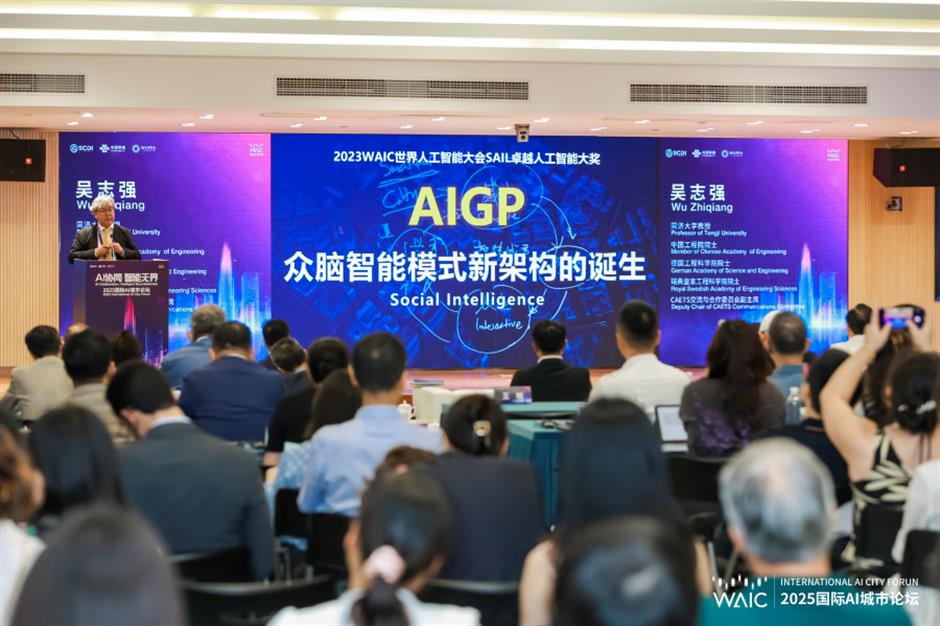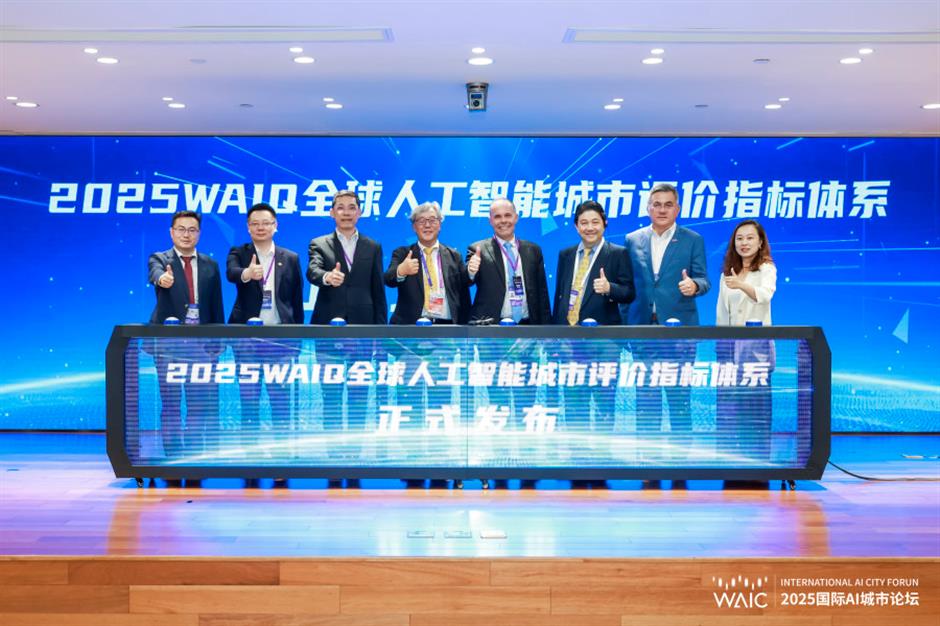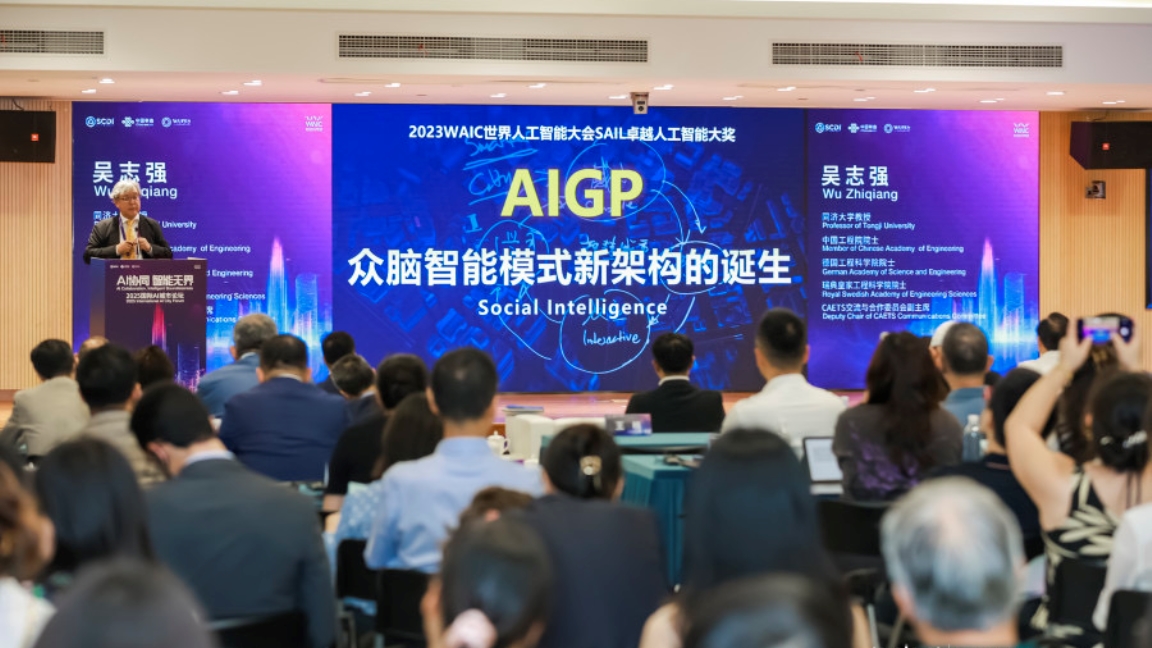

Professor Wu Zhiqiang, director of the Shanghai Smart City Development Institute, shares his insight on AI-driven urban development during the 2025 WAIC.
Shanghai is advancing its smart city strategy by integrating artificial intelligence into urban planning, governance, and infrastructure.
At the 2025 World Artificial Intelligence Conference, the WAIQ global AI city evaluation system was introduced to assess city performance in the era of AI.
The system was developed by more than 60 professionals from 20 institutions in China, Germany, and Sweden under the direction of Professor Wu Zhiqiang, an academician of the Chinese Academy of Engineering and director of the Shanghai Smart City Development Institute. The development of the system took 12 years to complete.
Using a concept that views AI as the city's "nervous system," it seeks to quantify how well cities function in the AI era.
Wu said that cities must shift from technological automation to human-centric intelligence.
"The core value of AI lies in accurately capturing and realizing people's pursuit of a better life. Technology application must prioritize public will," Wu said.
To turn the vision into practice, Shanghai launched the Smart City 2050 Joint Innovation Lab, co-founded by the institute, China Unicom Shanghai, Shanghai Urban Construction Group, and AI company Midu.
The lab will focus on real urban challenges, merging AI technologies to create replicable, sustainable smart solutions across governance, public services, and industry.
The institute also signed a memorandum of understanding with Singapore's Smart Cities Network. The agreement sets a roadmap for the next three years, aiming to apply AI in transportation, environmental monitoring, and emergency response for Asian cities. It also includes building cross-border youth training hubs to promote talent exchange.

Experts from home and abroad jointly launch the WAIQ global AI city evaluation system at the 2025 WAIC.
Shanghai is using AI to enhance day-to-day operations. DeepSeek and related technologies are being used by government authorities in Putuo District to provide services.
They are using 36 AI+ application scenarios to streamline corporate policy applications and improve internal administration.
Teng Li, the chief engineer and deputy general manager at Shanghai Urban Construction Group, said that transportation is a crucial element of infrastructure.
"We plan to deploy about 10 types of dedicated intelligent agents to improve operational efficiency and modernize urban governance," said Teng.
Leading domestic satellite Internet provider PIESAT announced developments on the creation of an intelligent agent for remote sensing that combines big AI models with conventional tools like satellite photography and geospatial analysis. The goal is to provide precise, all-weather spatial information services for smart city applications.
Through its Quantum City effort, Shanghai is also laying the digital groundwork for long-term planning. A-Star 1.0 is a unified 3D spatial framework developed by the city that unifies public service information, building models, planning data, and maps into a single platform.
This system is supported by two essential tools. The Kunyujinglue corpus is a vast repository of information about natural resources and planning. The Yunyuxingkong model analyzes reports, planning maps, and satellite photos using artificial intelligence.
Combining these tools enables the automation of processes like zoning, policy drafting, and space analysis, thereby accelerating, enhancing, and promoting data-driven urban planning.

